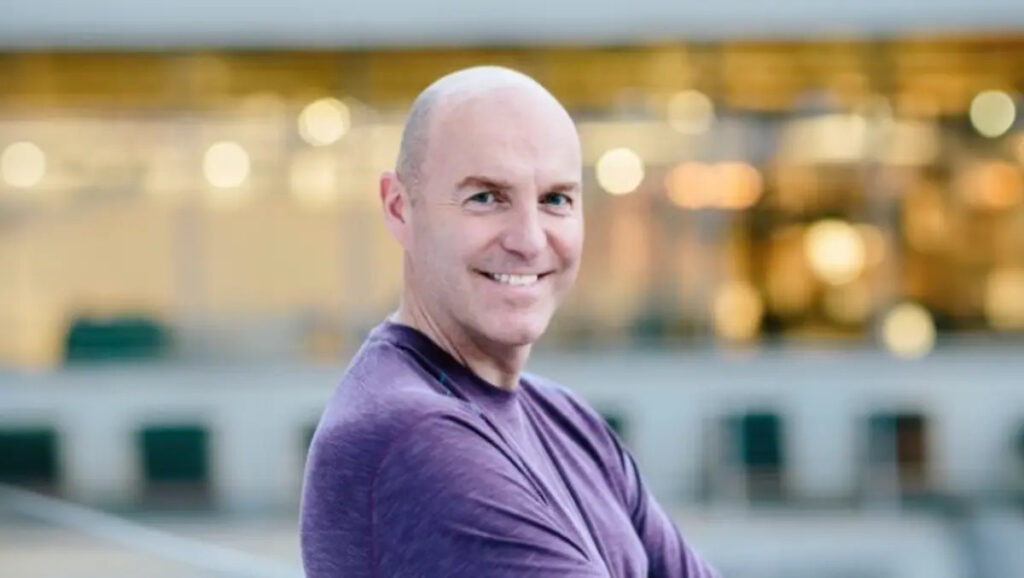
Autodesk’s Chief Scientist, Daron Green, has issued a stark warning about the future of artificial intelligence in design and manufacturing. Speaking in Sydney, Green highlighted the potential for AI to revolutionize how Australians create and build, while also cautioning about the risk of “disintermediation”—a scenario where software companies lose direct contact with their customers as AI interfaces become the norm.
Green’s comments come as AI continues to evolve, reshaping industries across the globe. He noted that in media and entertainment, there is a growing awareness of impending disruption due to new content creation methods enabled by AI. “In media and entertainment, there’s a broad recognition that they’re going to get disrupted,” he told TechDay.
AI’s Impact on Design and Manufacturing
Green explained that the tension between protecting digital assets and the need for expansive data sets is influencing how Autodesk collaborates with clients. He described a process where Autodesk sometimes provides untrained models to partners, who then face challenges due to insufficient data. “They think they’re sitting on a lot of data, and it’s like 20,000 objects or 50,000 objects, and it’s just not a big enough data set for the model to get a level of intelligence,” he said.
He emphasized the importance of scale in AI development, citing a Google study that found properties like humor or sarcasm only emerge in models trained on vast data sets. “You need to get to a certain scale for it to appear to show the properties of intelligence,” Green stated.
AI Integration in Autodesk Products
Within Autodesk, AI is already transforming engineering practices. Developers are conducting multiple experiments daily with AI-assisted coding, leading to increased productivity. “You could say AI is going to remove their jobs, or it makes them incredibly more productive. And that’s what we’re seeing,” Green remarked.
He highlighted specific AI features in Autodesk products used in Australia, such as automated sketch constraints in Fusion and models that identify parts like nuts and bolts. “Nobody wants to be experts in picking out nuts and bolts,” he added, underscoring the efficiency gains from AI.
Challenges and Opportunities in AI Development
Green also discussed ongoing research initiatives, including models like Bernini and B-rep Gen, which offer promising capabilities. However, he expressed concern about the potential for disintermediation, where users might access Autodesk’s tools through generic prompts rather than the company’s own interfaces. “The new interface is the prompt,” he said. “We’ve been disintermediated.”
To address this, Green suggested that software companies must rethink human-computer interaction. Traditional interfaces may become obsolete as creation increasingly begins with speech, sketches, or images. “We need to provide just a fantastically compelling experience,” he said, noting that this shift could broaden the user base for design tools.
Future Directions for AI and User Experience
Looking ahead, Green envisions AI moving beyond technical tasks to model user intent and lived experiences. He sees potential for systems that understand a user’s materials policy, design specialization, or sustainability goals, offering tailored options. “I’d like us to have a more sophisticated understanding of the user, the user’s company, and certain policies within the company,” he said.
Green’s ambitions extend to incorporating intelligence in software for ergonomics and acoustics, addressing everyday challenges like noise in a café or awkward product designs. “Surely we should be able to build some of that intelligence into our software,” he said.
Preparing for AI’s Rapid Evolution
Despite uncertainties in timelines, Green noted that advancements in AI are occurring faster than expected. “These waves are coming quicker,” he observed, urging Australian studios, builders, and manufacturers to invest in AI expertise and experimentation. “You assess where you are as a company by experimenting like crazy,” he advised.
Autodesk itself is adapting to these changes by accelerating research-to-product flow and focusing on sustainability and AI as key drivers. Green encouraged stakeholders to engage with Autodesk’s annual Design and Make report for insights into these trends.
Despite the risks associated with disintermediation, Green remains optimistic about AI’s potential. He envisions systems that are intent-aware, capable of scaling from individual parts to entire cities, and accessible to newcomers while ensuring robust, manufacturable outputs. “The opportunities are just huge, absolutely huge,” he concluded, emphasizing the ultimate goal: “Regardless of where the user is coming from, for them to be able to express their need and for us to understand it.”







